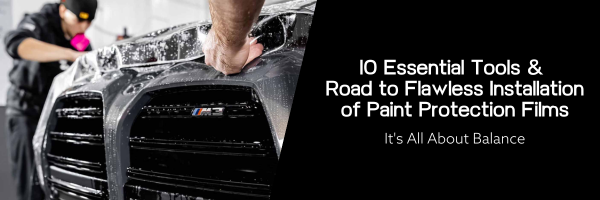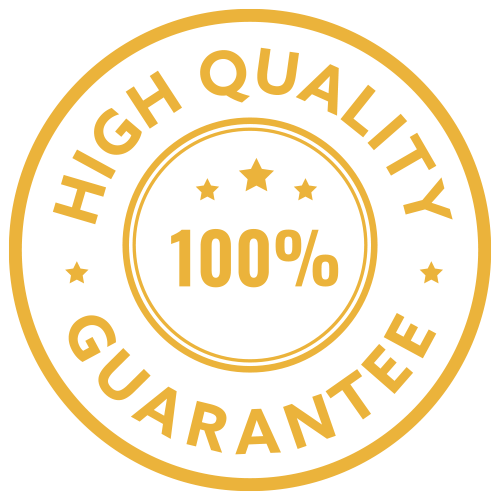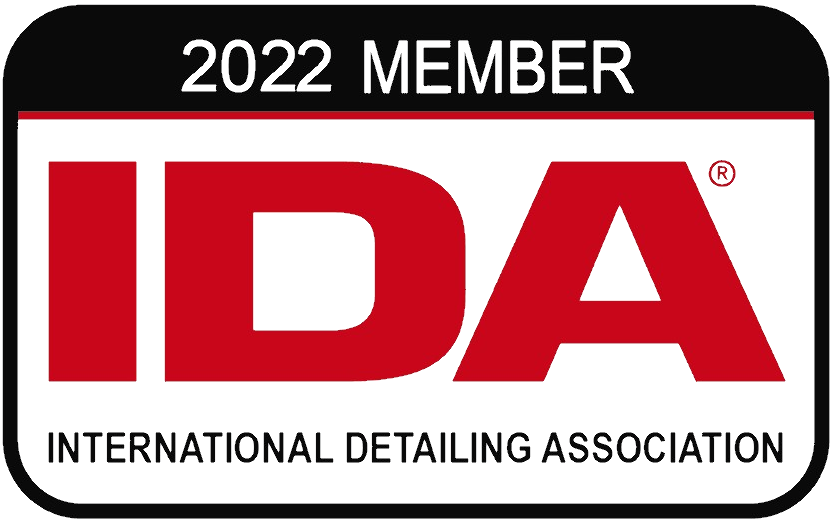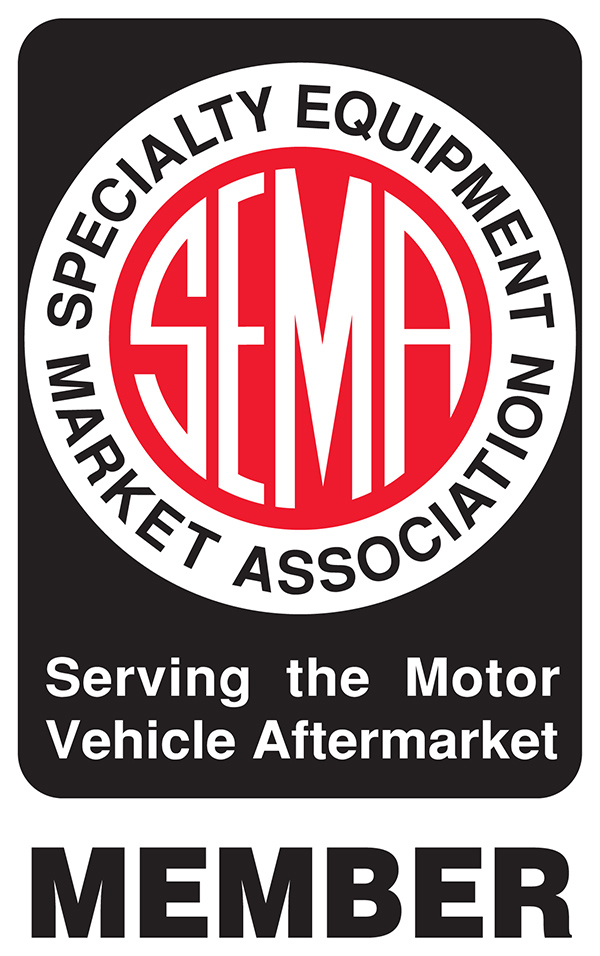The gleaming paint job of your car is a thing of beauty, but constant exposure to the elements and everyday wear and tear can take a toll. Paint protection film (PPF) offers a near-invisible shield, safeguarding your car’s finish from scratches, chips, UV rays, and more.
What is Paint Protection Films
Paint Protection Film (PPF), also sometimes called clear film, is a nearly invisible shield applied to the painted surfaces of your car. Made from a tough, thermoplastic urethane material, PPF acts like a second skin, protecting your paint from:
- Scratches and chips: Rock debris, shopping carts, and even rogue fingernails can leave unsightly marks. PPF absorbs the impact, keeping your paint job pristine.
- Sun damage: UV rays can fade and crack your car’s paint over time. PPF acts as a barrier, helping to maintain that showroom shine.
- Stains and chemicals: Bird droppings, bug splatter, and even harsh car washes can damage your paint. PPF provides an extra layer of protection against these elements.
Overall, PPF is an investment that can help you preserve the beauty and value of your car for years to come.
Installation Guide for Paint Protection Films.
Professional installation of PPF involves number of tools and understanding the essential tools and their pros and cons is crucial for achieving a successful (almost) flawless outcome.
The Bare Minimum Arsenal:
- Squeegee: This is your knight in shining armor when it comes to battling air bubbles. A high-quality squeegee with a black carbon blade offers superior glide and ensures even pressure distribution, minimizing the risk of scratches and streaks. Pros: Efficient bubble removal, smooth application. Cons: Requires proper technique to avoid marring the film.
- Spray Bottle(s): You’ll need at least one spray bottle to create the slip solution – a mix of water and a gentle soap like baby shampoo or Dawn. This allows the film to slide easily during installation and helps with positioning. Pros: Simple and inexpensive, allows for precise solution application. Cons: Can be messy if not handled carefully.
- Microfiber Towels: When it comes to prepping the surface, low-lint microfiber towels are your best bet. They effectively remove dust, debris, and oils that could compromise the film’s adhesion. Pros: Excellent cleaning power, lint-free to avoid contamination. Cons: Require proper washing and maintenance to prevent them from becoming a source of contamination themselves.
- Isopropyl Alcohol & Water or Paint Prep Solution: This cleaning solution, a 50/50 mix of 70% isopropyl alcohol and filtered water, or a dedicated paint prep solution, is essential. It removes any lingering waxes, oils, or contaminants that might prevent the film from sticking properly. Pros: Ensures a strong bond between the film and the paint. Cons: Improper mixing ratios or application can damage the paint.
- Heat Gun: Your secret weapon for achieving a flawless look is a heat gun. By gently heating the film and the car’s surface, you activate the adhesive and allow the film to conform to curves and edges. This is especially important for complex areas like bumpers and fenders. Pros: Creates a smooth, invisible finish. Cons: Requires caution to avoid overheating and damaging the film or paint.
Optional, But Helpful Tools:
- Non-Scratch Pads: White, non-scratch pads are a lifesaver for giving glass surfaces a final clean before installation. They remove stubborn grime and ensure a perfect bond. Pros: Safe for glass surfaces, removes tough dirt. Cons: Not necessary for all applications.
- Paper Towels or Waffle Weave Towels (Use with Caution): In a pinch, low-lint paper towels or waffle weave towels can be used for drying and cleaning. However, microfiber towels are the superior choice due to their lint-free nature. Pros: Readily available in most households. Cons: Can leave lint behind, which can get trapped under the film.
The Perfectionist’s Playground:
- Pre-Cut Software: While not essential, pre-cut software can significantly improve precision and reduce wasted film, especially for cars with complex shapes. This software allows you to create custom templates for each section of your car. Pros: Saves time and film, minimizes cutting errors. Cons: Requires additional investment, may have a learning curve.
- PPF Gel: This gel provides additional tack and helps you manipulate the film during installation. It’s particularly useful for intricate areas or when you need to reposition the film slightly. Pros: Offers greater control over film placement. Cons: Adds another layer of complexity to the process, may require practice to use effectively.
The Final Word: It’s All About Balance
While having the right tools is crucial, remember that practice makes perfect. Mastering proper installation techniques goes hand-in-hand with using the right equipment. Professional installers have years of experience and can ensure a flawless, invisible finish. DIY enthusiasts can achieve great results with patience, research, and the right tools.




















